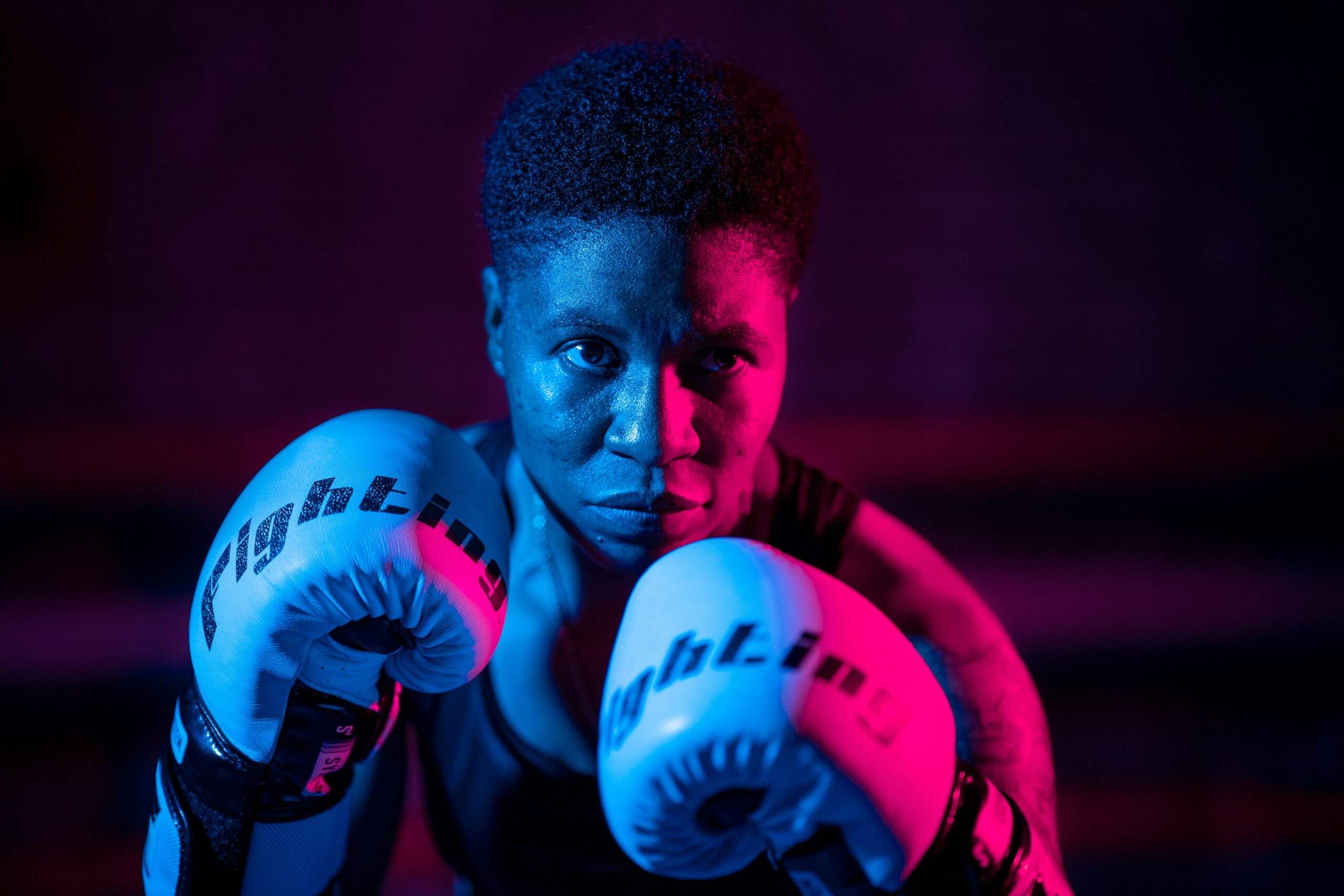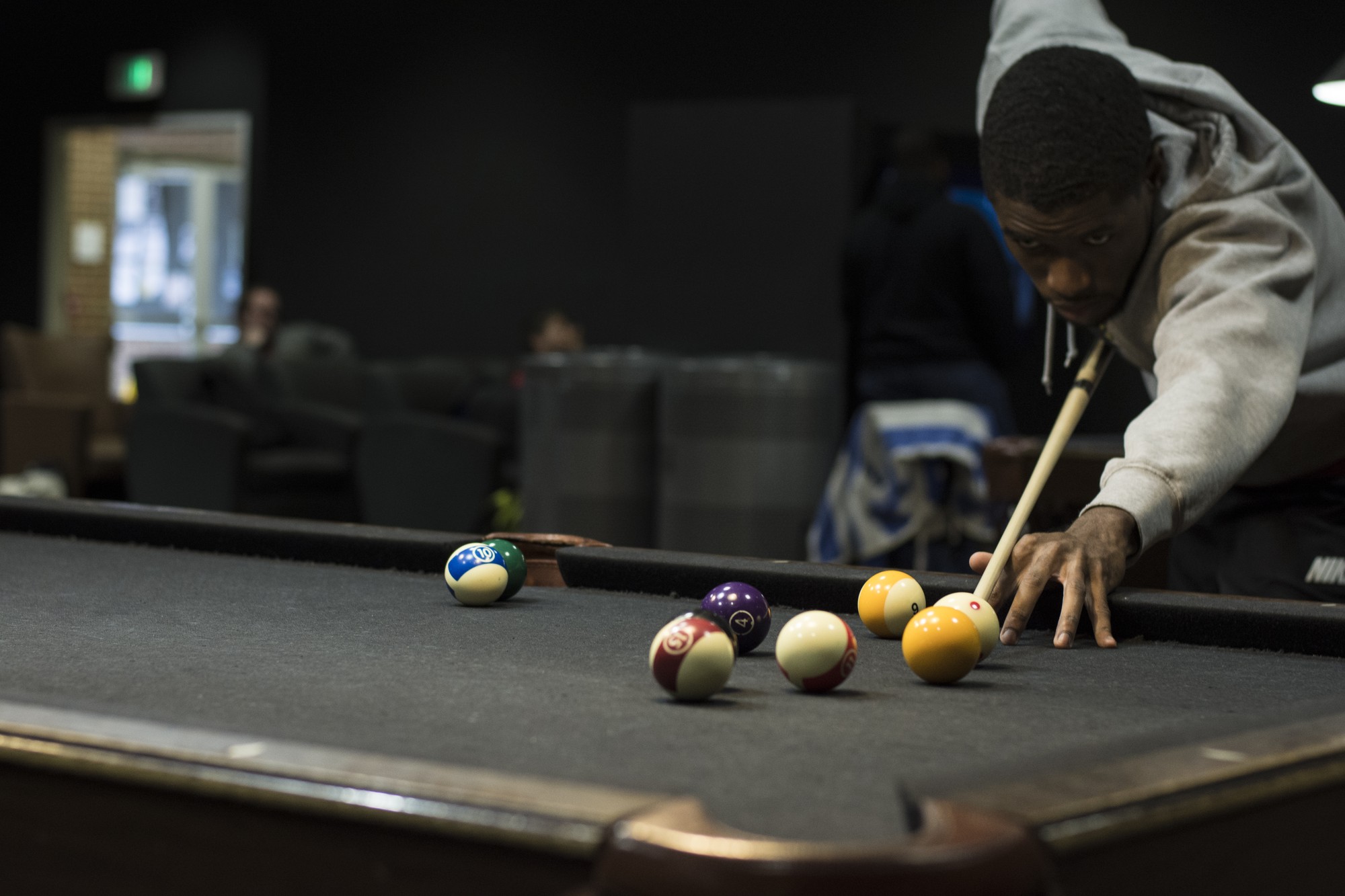Whoopie Goldberg’s All Women’s Sport Network could lead to great change for women in sports.
Whoopie Goldberg’s All Women’s Sport Network (AWSN), launched in November of 2024, benefits women’s sports by increasing its media visibility, which could fix key issues that affect female athletes, including lack of funding and online harassment.
Goldberg created AWSN in collaboration with Jungo TV and George Chung to help solve the lack of media visibility for women’s sports. The network offers live coverage of women’s sports and is a great step forward for women’s sports, which have historically been excluded from traditional media outlets due to claims about their lack of profitability. This increased visibility, in turn, creates a platform to address other prominent issues that plague the industry.
A study conducted by the University of Southern California and Purdue University that began in 1989 showed that in 2019, about 95% of total television coverage and ESPN highlights focused on men’s sports.
“I have always looked to media to provide equal time and opportunity to follow women’s basketball, soccer, volleyball—beyond the Olympics,” Goldberg said in an interview with Forbes. “I knew that if I couldn’t find these sports and watch the amazing female athletes playing them, others weren’t finding them either.”
The lack of coverage for female athletes is often due to the claim that women’s sports are not profitable. However, women’s sports continue to break viewership records. Events such as FIFA Women’s World Cup and the Tour de France Femmes have brought in more views than similar male sport competitions in the U.S.
Chery Cooky, a professor of interdisciplinary studies at Purdue University who has studied the representation of women’s sports in media, warned that this lack of representation can deprive young women of role models and can affect the value people place on women’s sports.
“Every now and then, women’s sports break through the glass ceiling of media coverage, but only when it’s an elite, international competition,” Cooky said. “Even these mega events are eclipsed by the steady stream of men’s sports, which are covered in season, out of season, with more energy and at higher production values.”
However, women’s sports face more issues than just lack of visibility.
For instance, women’s sport lack of funding, leading to women having less opportunities to compete. Such is the case with many Olympic female athletes, who often have to win before receiving the funding they need to be able to keep competing.
Moreover, increased visibility for women’s sport often leads to an increase in harassment and abuse, especially for players of color. A 2024 report by the NCAA shows that harassment of student-athletes increased during March Madness when there was great visibility for female athletes. Similarly, during the 2024 Olympic season, racist and sexist posts were made online often aimed at the female athletes.
These issues could be addressed thanks to AWSN, which allows athletes and organizations to have a platform to advocate for greater funding and take a stance against online harassment.
“Beyond visibility, we aim to provide a platform for advocacy and discussion, pushing for systemic changes like equal pay, better sponsorship opportunities and expanded resources for female athletes,” said Chung in an interview with Forbes.
For a long time, women’s sports have been ignored by the media, but with AWSN, women have a greater chance of gaining recognition and pushing for real changes in the industry.




